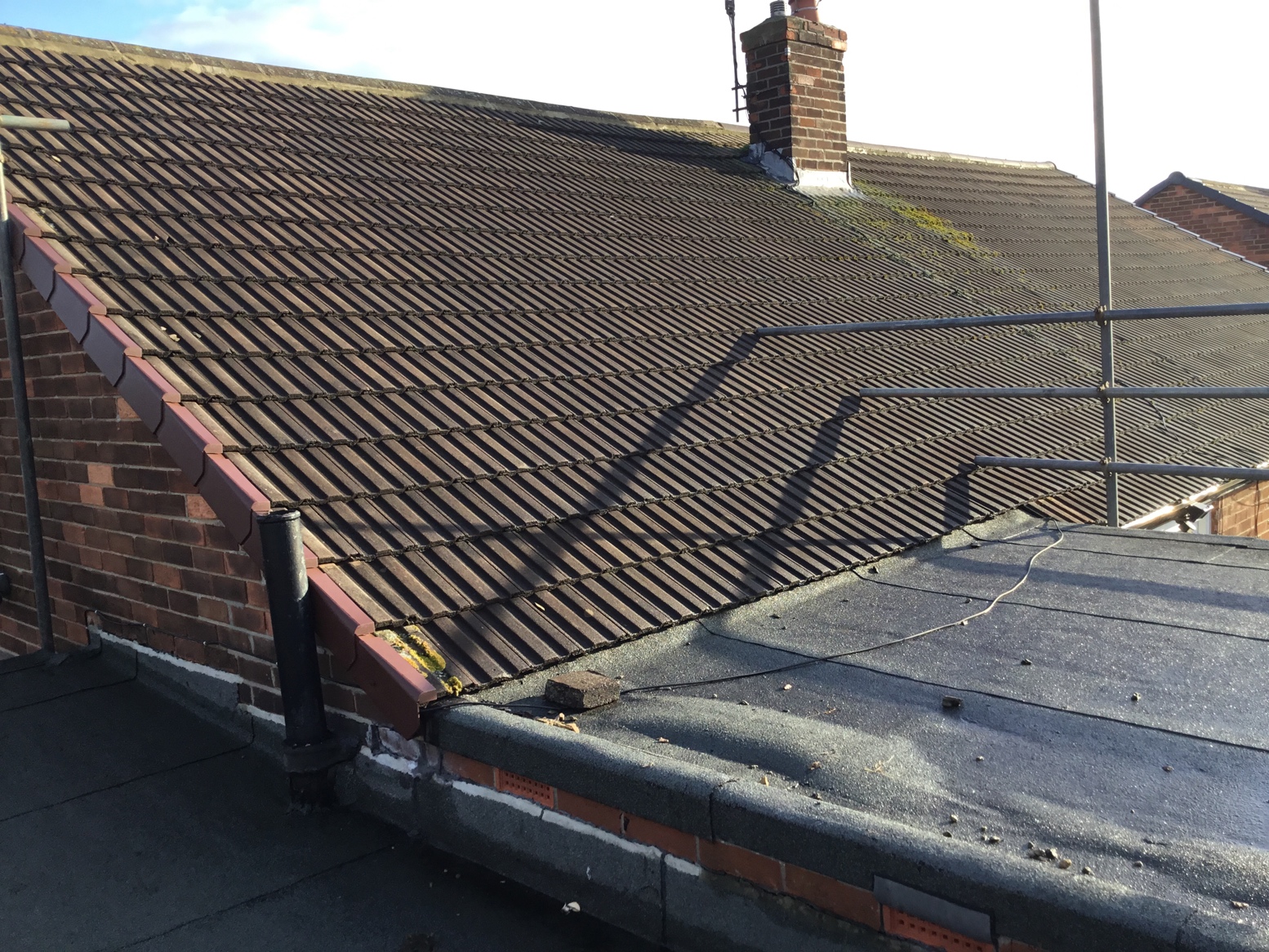The technology has impacted every sector, and so is the construction sector. Do you want to settle for a home built in a traditional way? No! With the rise in the new construction trends, it is now moving towards building smart homes. The new trends fulfill individual needs by creating homes that meet the client’s specific criteria. Let’s observe how emerging construction trends are building smart homes.
Smart Homes with Cloud-Based Systems
Cloud computing and the Internet of Things are safe convenient and comfortable approach by builders for construction purposes. It is difficult to maintain the punch list for construction projects, but cloud-based systems reduce workload and provide real-time information.
Constructing comfortable smart homes with high efficiency and within budget has become easy now with cloud technologies.
Self Healing Concretes
Concrete is an essential building material for homes. But it crumbles when it comes in contact with water, pressure and wind which require replacement or repair. The best solution to this problem is the use of self-healing concrete.
This type of concrete consists of dormant bacteria spores and also calcium lactate. When these come in contact with water, they activate automatically and create limestone to fill the cracks.
The use of self-healing concrete for construction of smart homes reduces the repair cost of concrete.
Aerogel Insulation
Aerogels are low-density materials and have unique physical properties. It comes into existence after removing liquid from the gel. The resultant material is more than 90% air and makes it harder for heat to pass through the porous structure.
Using aerogel insulation on walls of the house boosts the insulation of a smart home. If you construct the windows of house with the aerogels, it will also prevent higher energy bills as the unnecessary loss or gain of heat is prevented.
Aerogels are very light in weight, and because of its thermal insulating quality, it serves as an excellent insulating material.
3D Printed Houses
Technology can be used to construct sustainable houses. Now printing a house is possible with the advancement in technology and the invention of 3D printing. The construction features new designs and offers all comforts that surely meets the expectations of the owners.
Concrete is always a part of the construction, but with 3D printers, the accuracy has come up is at a far higher level. It has given an entirely new direction to the construction world by providing the ability to construct all types of assets.
3D printed houses also save time and money by embedding security, temperature control and lighting control wireless sensors directly in the house instead of placing it afterwards. Constructing homes with this technology reduce construction time and also promotes creativity.
BIM (Building Information Model)
BIM is the reinvention of creating and managing information provided by construction professionals. It creates a digital environment of the actual construction that is yet to take place. It is a necessary tool to meet the varied demands of the construction industry that lets to build smart homes with innovative designs and facilities.
Green Construction
A green home is the one that is either built or remodeled to conserve energy, water and produces less waste by using sustainable and recycled material during construction. The indoor air quality is also the best of these homes.
The residential sector is adopting green construction that involves the use of constructions materials that are sustainable and environmentally friendly. It is believed that water, energy and building materials should be efficiently used during construction.
The advancements in technology are making life comfortable secure and relaxed in a smarter way.This rise in the new construction trends has taken the housing world by a storm. It’s high time to start incorporating these smart techniques for building smart homes.




 POSTED BY
POSTED BY 

